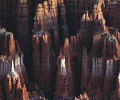 |
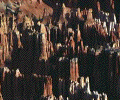 |
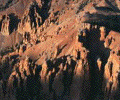 |
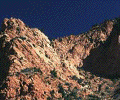 |
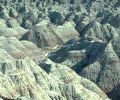 |
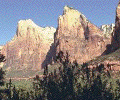 |
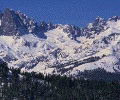 |
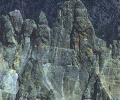 |
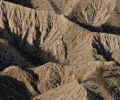 |
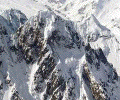 |
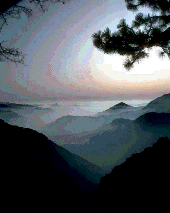 |
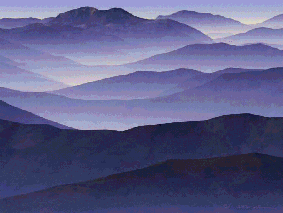 |
| Built by tectonic forces, sculpted by water and wind that act in a similar fashion over many scales, mountains' fractality comes as little surprise. Here are ten examples. Click each picture for a larger version in a new window. | ||||||||||
| ||||||||||
| Area-perimeter relationships can be used to study mountains, using a contour of a topographical map of a mountain. For example, Turcotte reports | ||||||||||
| d = 1.21, 1.21, 1.15, and 1.19 | ||||||||||
| for peaks in the Transverse, Cascade, Rocky, and Adirondack Ranges. | ||||||||||
| As fractal surfaces in three dimensional Euclidean space, mountains typically have dimensions around 2.2. | ||||||||||
| Even simple random fractal surfaces of the right dimension can be effective forgeries of mountains. With more care to multifractal corrections, atmospheric effects, and the like, extraordinarily convincing landscapes can be synthesized. Sig Handleman, Richard Voss, and Ken Musgrave were pioneers in this field. On the left is a photograph of a mountain range, on the right, one of Musgrave's multifractal forgeries. Click each picture to magnify in a new window. | ||||||||||
|